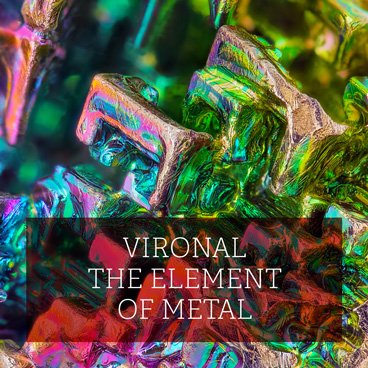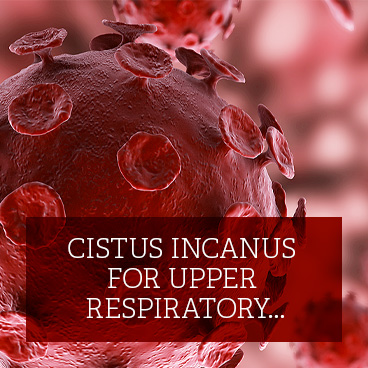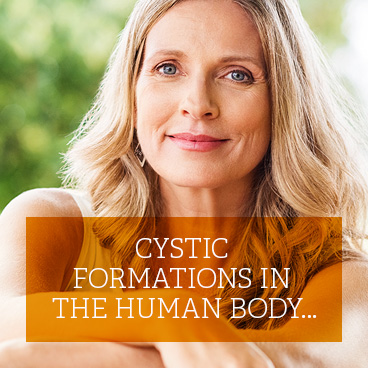Cystic formations in the human body. What can we do about them?
What is a cyst? It is a cavity, with its own lining, that is filled with fluid created by the epithelial cells of the lining. However, there are also “pseudocysts” that have no lining, and the fluid – not secreted by cells – is only retained there.
Indications and causes
Cysts are actually pseudotumours. They can affect practically all organs; in some they are rare, in others frequent. If there are a lot of cysts in an organ, this is called cystic degeneration. An example is familial polycystic kidneys, where age-growing cysts completely suppress healthy tissue and result in insufficient kidney function. Cysts can be either solitary or multiple, ranging in size from millimetres to (very exceptionally) tens of centimetres. It should be noted that cystic formations produce both benign tumours (called cystomas) and malignancies. These need to be confirmed or excluded by careful examination.Doctors in all fields come across cysts in their patients. These tend to be random finds during examinations using imaging methods, most often ultrasound (liver, kidney). In the vast majority of cases, surgery is not required. An exception could be a parasitic cyst, e.g. caused by echinococcosis.

In a gynaecological surgery, cyst diagnosis is a daily reality. Cysts most commonly affect the ovaries, but also occur in the breast, the cervix as retention mucous cysts – the ovula Nabothi, the uterine mucosa (endometrium) during glandular hyperplasia, or in a mucosal polyp. There may also be cysts in the lesser pelvis around the uterine appendages.
Ultrasound is best for diagnosis purposes. palpation examination can be unreliable and only spots larger formations with a stiffer wall and pain in the pelvis and breast. These days, modern powerful ultrasound devices enable us to provide very precise differential diagnosis and they are more informative than CT or magnetic resonance imaging. To exclude gynaecological malignancies, blood is also tested for tumour markers.
Cysts in female organs may be completely symptomless, or may cause pain or bleeding disorders. Ovarian cystomas may sometimes grow to considerable dimensions and cause abdominal cavity distension and digestive problems.
Cyst types and solutions
Ovarian cysts
These formations are most common on the ovaries. Gynaecologists encounter them in their clinics on a routine basis. In a few cases, women make an appointment because they are in pain. Much more frequently, though, they identify menstrual disorders – they either bleed more frequently or not at all. Occasionally, cysts are detected incidentally during an ultrasound examination for another problem or as an obscure palpable finding during a preventive examination.The most common cysts are those arising from ovarian follicles that do not crack and then fill with fluid. They may be hormonally active and sometimes cause tension and pain in the mammary gland. Mostly symmetrically.
In addition, cysts from the corpus luteum often occur. These cysts contain a yellowish fluid or mucus content, sometimes with blood from a cracked blood vessel – which makes them easily distinguishable in an ultrasound examination. We often detect the presence of fluid from a cracked cyst behind the uterus. If a cyst cracks, this may not cause any problems, but sometimes it results in severe pain and fainting. Such symptoms are often addressed by laparoscopic surgery.
At the outset of my career, I personally experienced a time when cysts were very often operated on via classic abdominal surgery. Later on, a gentler laparoscopic approach was taken by means of incisions in the abdominal wall. However, the number of procedures was disproportionately high, and often the post-operative check-ups showed that the cyst had reappeared on the other, or sometimes the same, ovary. This led me to seek out conservative treatment and observational procedure.
When women had these cysts, I started to administer Gynex on a regular basis, using a dosage of 7 drops three times a day. I had previously administered this to women for hormonal disorders. The initial results were encouraging. That was the beginning of the new millennium. With a bit of effort, I put together a group of 75 women. Over a three-month period, I observed not only the disappearance of the cysts, but also the accompanying symptoms. The success rate was 85%, resulting in a very significant reduction in operations. Today, surgical intervention in symptomatic cysts is now the exception proving the rule that operating on dysfunctional ovarian cysts poses an unnecessary risk to the patient. It happens less than once a year. In the rare cases where Gynex has no effect, I conduct testing with the EAV method, using a Supertronic device. Regalen or Renol then tend to be effective. I also recommend applying Cytovital to the lower abdomen. In some women, cysts repeatedly relapse. Here, again, Gynex offers effective prevention at a dosage of five drops three times a day.
Elderly women sometimes have non-hormonal cysts that do not respond to any medication. If no suspicious signs are detected by ultrasound, it is enough to monitor them regularly.
Dermoid cysts, embryonic-based and containing a variety of tissues, are another kettle of fish. Treatment requires surgery, though sometimes they can also just be monitored for period of time.
Endometrial cysts, also known as chocolate cysts because they contain dark dense blood, pose the biggest problem. They do not respond to Gynex. Alternative treatment is possible, but requires a case-by-case approach, patience, and patient collaboration.
Paraovarian cysts in the uterine appendages do not have to be treated, just observed.

Uterine cysts
Microcysts in the uterine mucosa are treated with gestagenic hormones to separate the mucous membrane; irregular and strong bleeding requires curettage or – preferably – a hysteroscopy, with microscopic examination to exclude precancerosis. Recurrences, which are common, can be very effectively prevented, again, with Gynex (five drops three times a day). Retention ovula in the cervix are a “normal” finding and do not need to be treated.New methods of use
These occasionally occur by chance, or may be part of fibrocystic mastopathy, a condition where the glandular tissue and the ligament of the breast become roughened, and premenstrual pain is common mostly in the outer breast quadrants. In exceptional cases, large and painful cysts require fine-needle aspiration. Otherwise, these cysts are only monitored and patients are assured that it is not cancer. Gynex (five drops three times a day) in combination with Vitamarin (one capsule three times a day) and a gentle massage with Cytovital in the direction of lymph drainage, i.e. from the outer quadrants to the armpits and from the inner quadrants to the sternum and collarbone, can be effective. I recommend bras that are not underwired as they do not prevent lymph drainage from the breast. Sometimes, however, cysts here may persist for longer than the ovarian cysts, even after the problem has disappeared.MY WISH IS FOR ALL WOMEN TO BE BOTHERED AS LITTLE AS POSSIBLE BY CYSTS AND FOR GYNEX TO BE EFFECTIVE AND GENTLE FOR THEM AS A FORM OF BOTH TREATMENT AND PREVENTION.

Bohdan Haltmar, M.D.
Follow us on social media
“Never doubt that a small group of thoughtful, committed, citizens can change the world.
Indeed, it is the only thing that ever has.”
Margaret Mead













